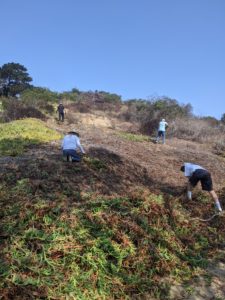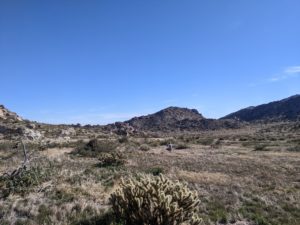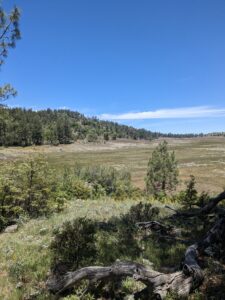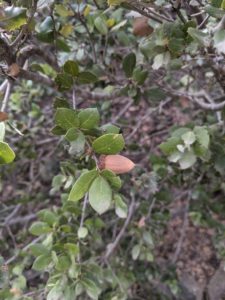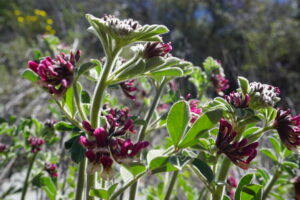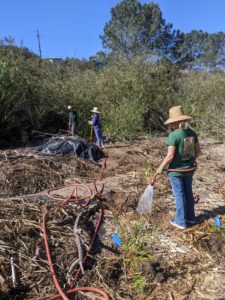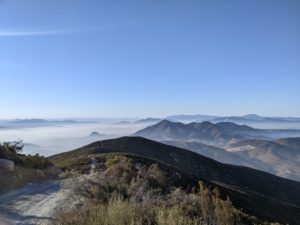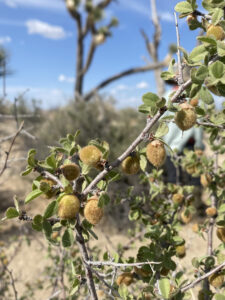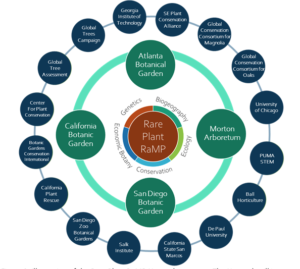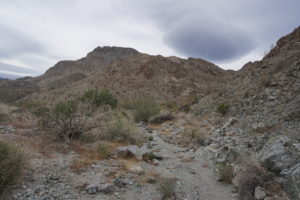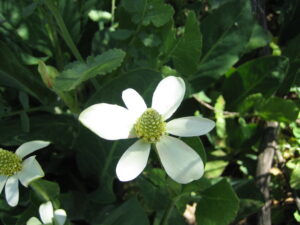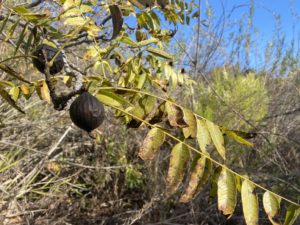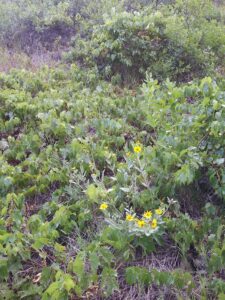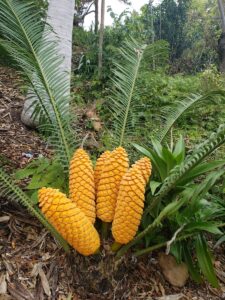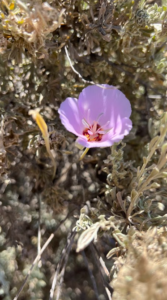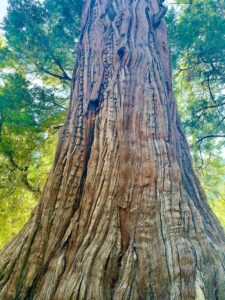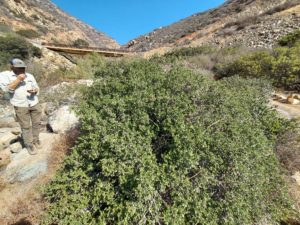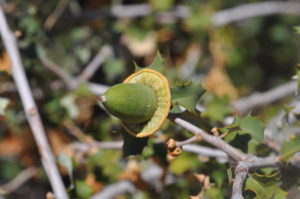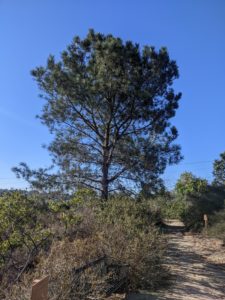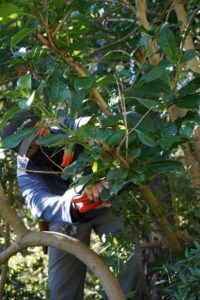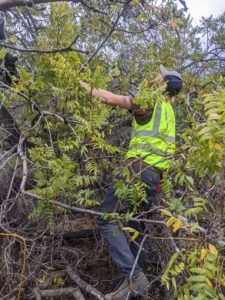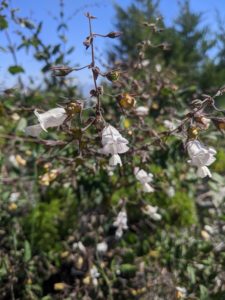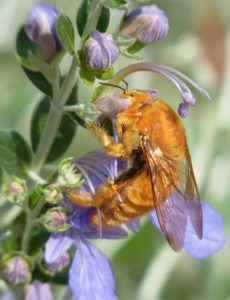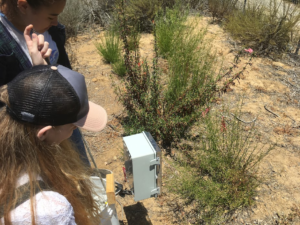Green Legacy: Spreading peace through plants
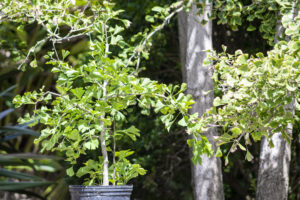
Scope of work: On August 6, 1945 the city of Hiroshima was destroyed by a single atomic bomb dropped by an American B-29 bomber on the city center, killing almost one third of the population. Those who survived feared nothing would grow in their ruined city for decades. However, new seedlings sprouted and became symbols of hope, encouraging survivors to rebuild. Over 160 trees, of about 27 species, located within a 2-km radius of the atomic bomb hypocenter, are officially registered as hibakujumoku (atomic bombed trees) by the City of Hiroshima. Lovingly cared for over the years by authorities, botanists, citizens’ groups, and individuals, each hibakujumoku is identified by a name plate.
Inspired by other citizen efforts to distribute seeds and saplings around the planet, Green Legacy Hiroshima (GLH) was founded in 2011. GLH sends seeds and saplings of these survivor trees to city parks, botanical gardens, schools, universities, other public and private institutions, and symbolic sites. Activities are currently unfolding with partners and friends in 40 countries and regions, including with the SDBG. In 2021 SDBG became one of three regional hubs for GLH, sharing seeds and seedlings of the survivor trees through the U.S.
Timeframe: 2021 to present
Key partners and stakeholders: Green Legacy Hiroshima (GLH), Salk Institute, Denver Botanic Gardens, The Huntington Library, Art Museum, and Botanical Gardens, other participating institutions
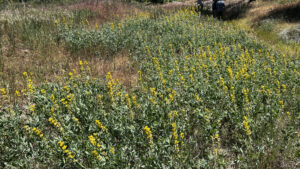 Scope of work:
Scope of work: 